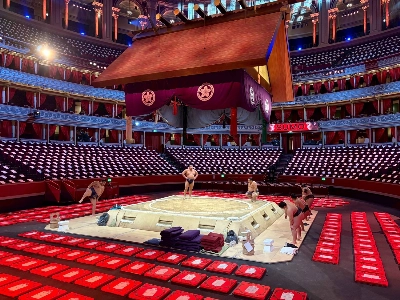Mikhail Ivanovich Kalinin was not one of Russian history's shining stars. An unpleasant figure, he found favor with dictator Josef Stalin and rose to become Soviet president before dying in 1946. Nonetheless, in the fashion of those times, his surname was given to two major Russian cities and their accompanying regions. One, Kalinin, reverted with alacrity to Tver, its ancient name, upon the demise of the Soviet Union. The other, Kaliningrad, has proved more resilient. One has to wonder why. And, oddly enough, although a 13-meter high statue of a smiling Kalinin greets travelers near the city's central train station, he never once visited either the city or the region.
The answer lies in geography and politics. For centuries, Kaliningrad was Konigsberg, first a stronghold of the Teutonic Knights, then a Hanseatic port, and eventually the capital of East Prussia. The first Prussian king, Frederick I, was crowned in its castle in 1701. Konigsberg's status as a German cultural center was cemented by the renown of its most famous sons, the philosopher Immanuel Kant and the playwright Friedrich Schiller. Less meritoriously, it was also a center for the Junkers, a landowning caste whose Prussian conservatism came to exemplify German militarism.
World War II ended all this. British bombing raids destroyed much of Konigsberg in 1944. Soviet armies then captured the city and East Prussia in April 1945 after a bitter fight. Thousands of Germans were killed, and even more fled before the city fell. Stalin demanded East Prussia as compensation for Russian losses, and at Potsdam, Britain and the United States agreed. The dictator subsequently awarded chunks of East Prussia to Russian-dominated Poland and to Soviet Lithuania. The remaining land and city were renamed Kaliningrad. In 1946, it became Russia's newest -- and at 15,100 sq. km, its smallest -- oblast, or region.
















With your current subscription plan you can comment on stories. However, before writing your first comment, please create a display name in the Profile section of your subscriber account page.